

In the field of microbiology, agar plays a pivotal role in providing a solid substrate for the growth and cultivation of various microorganisms. However, all the agar-based culture media are formulated with distinct compositions. Each type of medium is effective in culturing specific microbes. Among these, two commonly used for fungi are Sabouraud Dextrose Agar (SDA) and Potato Dextrose Agar (PDA). While they share similarities in some aspects, there are significant differences between the two.
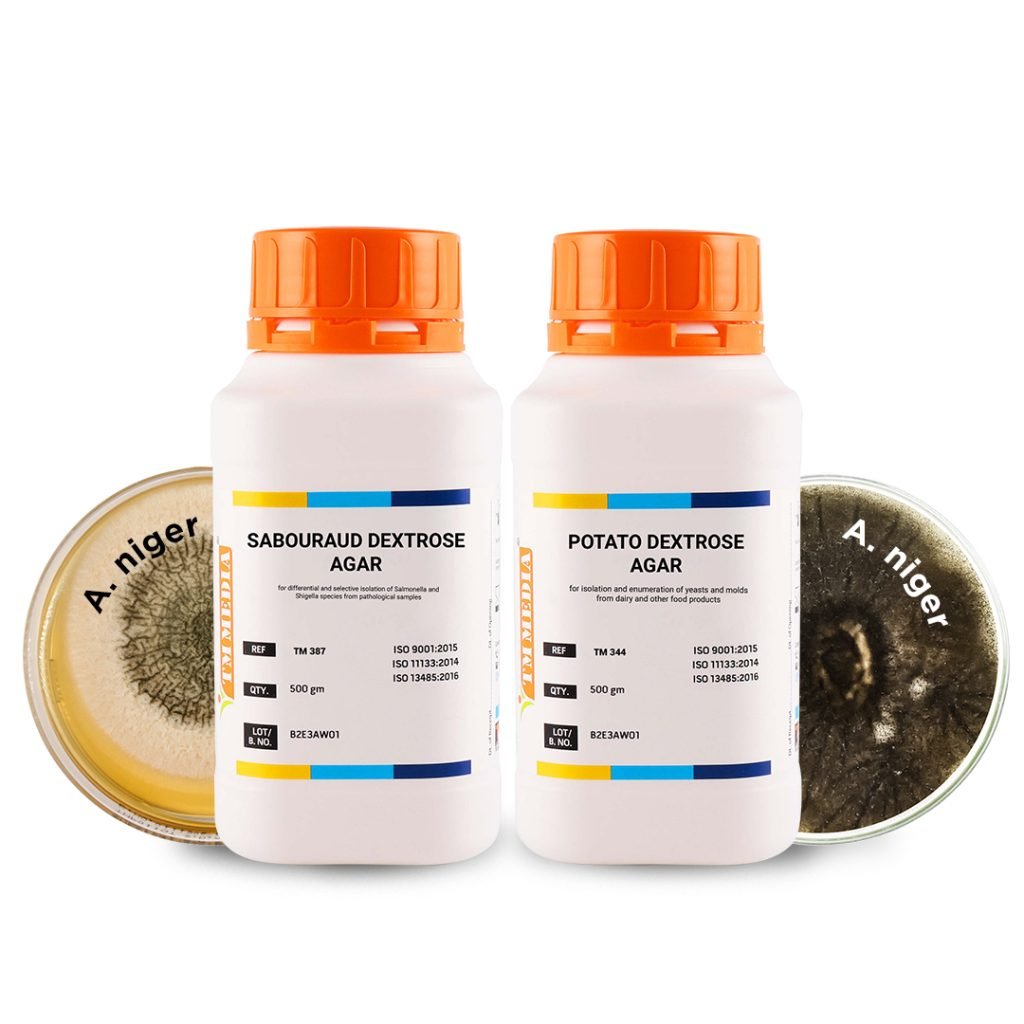
Sabouraud Dextrose Agar (SDA):
SDA is a specialized agar medium predominantly used for the isolation and cultivation of fungi and yeast. It contains dextrose, peptones, and agar, with a pH range of 5.4-5.6. The low pH inhibits the growth of most bacterial species, facilitating the selective growth of fungi. SDA is particularly useful in the clinical and industrial fields, where the isolation and identification of fungi, such as dermatophytes and Candida, are paramount.
Researchers and scientists looking to study fungal infections or investigate fungal contamination often rely on SDA. With its ability to promote pure cultures of fungi, SDA is a valuable tool for further characterization and analysis.
Potato Dextrose Agar (PDA):
PDA is a versatile, general-purpose agar medium suitable for a broad spectrum of microorganisms, including bacteria, yeast, and molds. It consists of potato infusion, dextrose, and agar, with a pH range of 3.5-5.5. The slight acidity of PDA makes it suitable for the isolation and cultivation of a broad spectrum of fungal species. PDA is particularly useful for observing the morphology and characteristics of fungal colonies. The medium’s transparency allows for easy observation of spore production, pigmentation, and other features that aid in the identification and characterization of fungi. Additionally, PDA is highly beneficial in screening antimicrobial agents against fungi and evaluating mold spoilage in food-related studies.
Sabouraud Dextrose Agar V/s Potato Dextrose Agar:
Due to its low pH, SDA is primarily used for the selective cultivation of fungi and yeast. The acidic environment inhibits bacterial growth, making it an ideal medium for the isolation and identification of dermatophytes, Candida, and other fungi associated with skin and nail infections.
In contrast, PDA supports the growth of a broader spectrum of microorganisms, including bacteria, molds, and yeast. It is commonly employed for the cultivation, enumeration, and identification of various fungal species, as well as for studying the morphological characteristics and sporulation of molds. PDA is widely utilized in the food industry for assessing mold contamination in products like fruits, vegetables, and processed foods.
Due to their specific characteristics, SDA and PDA find applications in different fields within microbiology. SDA is a valuable medium for clinical laboratories to diagnose and identify fungal infections. It is also useful in pharmaceutical laboratories for testing antifungal efficacy. PDA, on the other hand, finds extensive use in research and industrial labs for studying fungal biology, screening antimicrobial agents, and assessing food spoilage.
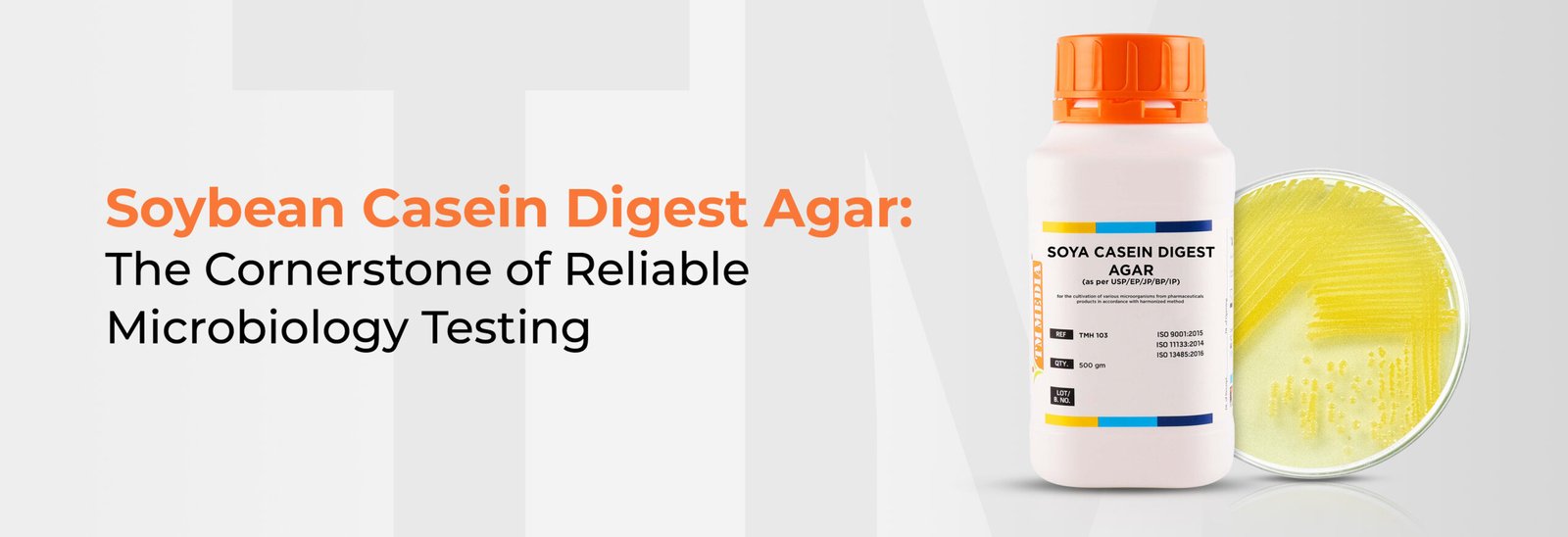
Every sample tested in a microbiology lab carries a mystery: invisible microorganisms waiting to be identified. The story begins the...
Read More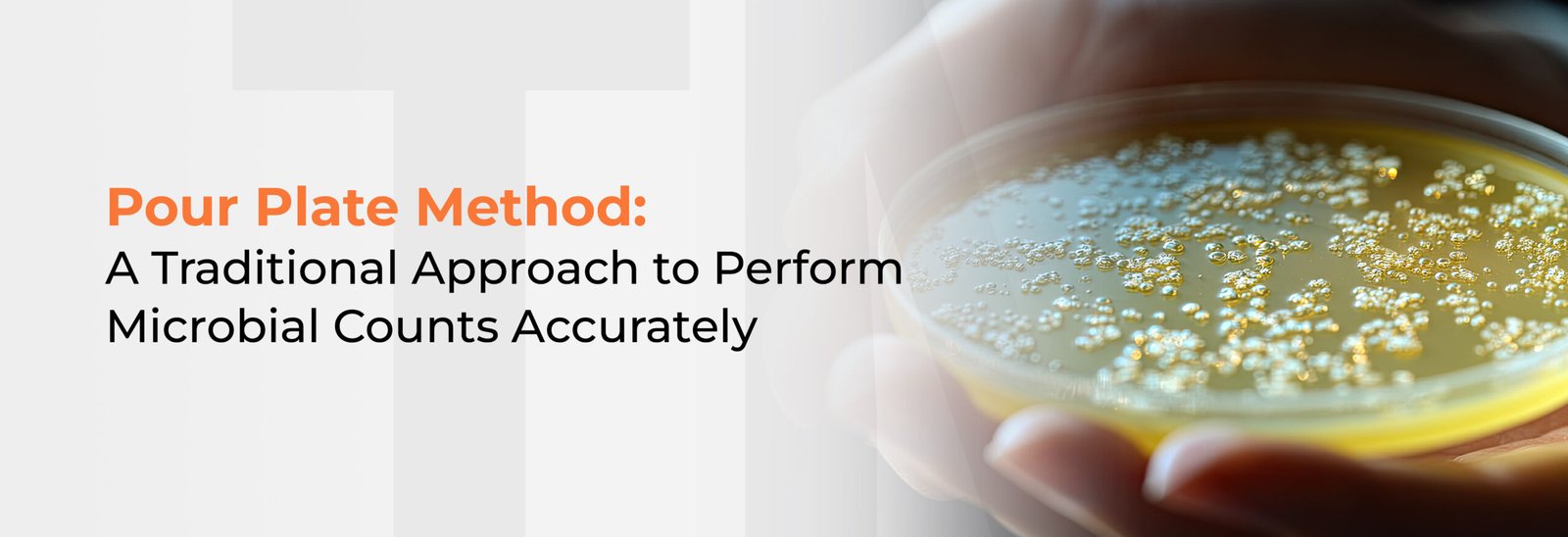
You want to find out how many bacteria are in a drop of water, a bite of food, or a pharmaceutical...
Read More
In the clean hallways of a pharmaceutical plant, precision and cleanliness are not just ideals; they are essential requirements. Even...
Read More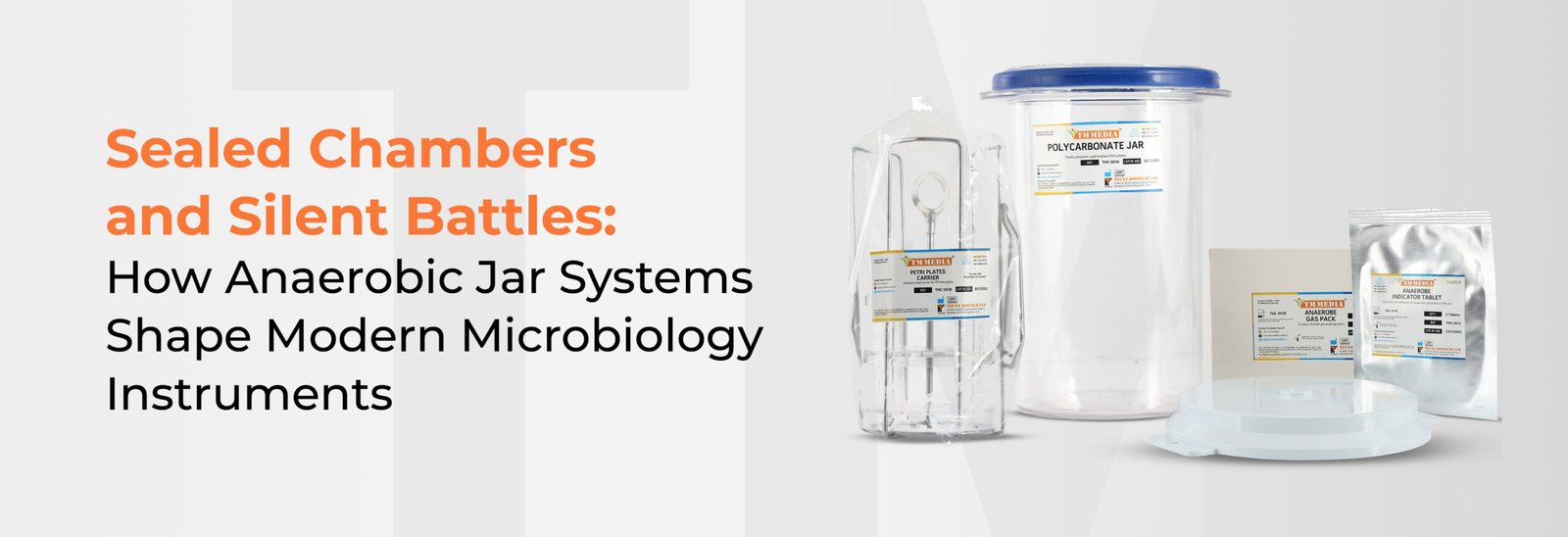
Imagine a pharmaceutical compound manufacturing facility struggling with contamination from undesirable aerobic bacteria. Production batches fail, quality checkpoints find hazardous...
Read More
Imagine this: your body is a fort, defended by walls, guards, and intricate defences. But occasionally, raiders slip through the...
Read More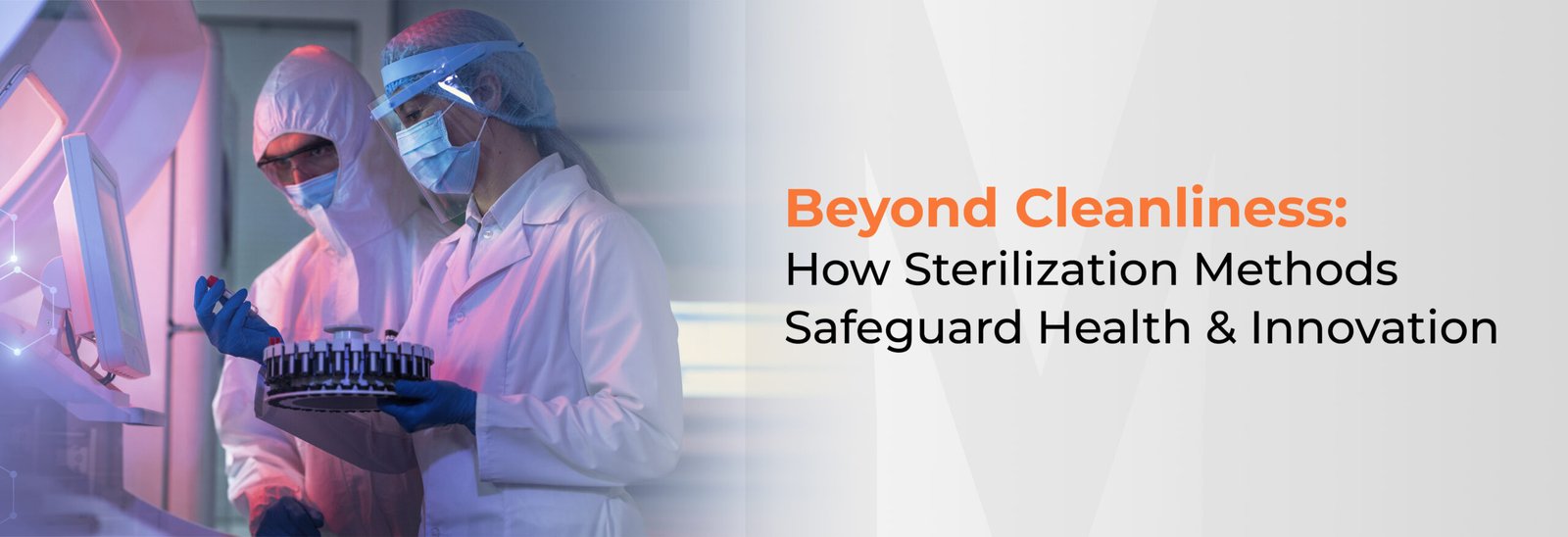
Think about, you are cooking food for loved ones. You’d wash your hands, clean the utensils, and make sure everything...
Read More